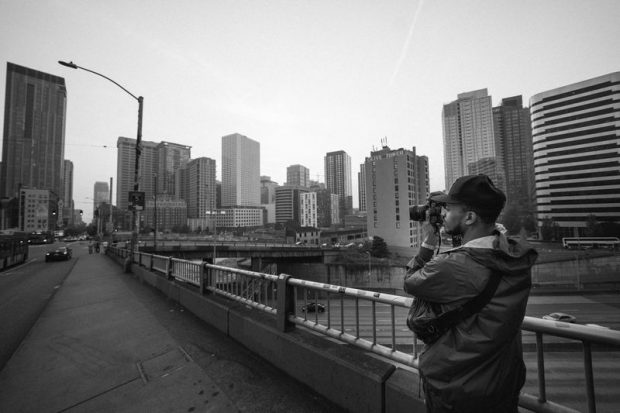Everything about Framing Streets
Table of ContentsAll about Framing StreetsThe Best Guide To Framing StreetsThe Ultimate Guide To Framing StreetsThe Best Guide To Framing StreetsFascination About Framing StreetsFraming Streets Things To Know Before You Get This
, typically with the purpose of catching photos at a decisive or emotional moment by mindful framing and timing. https://www.webtoolhub.com/profile.aspx?user=42374010.
, that was inspired to take on a comparable documentation of New York City. As the city established, Atget aided to advertise Parisian roads as a worthwhile topic for digital photography.

Not known Details About Framing Streets
The chief Mass-Observationists were anthropologist Tom Harrisson in Bolton and poet Charles Madge in London, and their very first report was generated as the book "May the Twelfth: Mass-Observation Day-Surveys 1937 by over 2 hundred observers" [] Window cleaner at Kottbusser Tor, Berlin, by Elsa Thiemann c. 1946 The post-war French Humanist Institution professional photographers found their topics on the street or in the bistro. In between 1946 and 1957 Le Groupe des XV annually showed job of this kind. Andre Kertesz. Circus, Budapest, 19 May 1920 Road photography created the significant web content of two events at the Gallery of Modern Art (Mo, MA) in New York curated by Edward Steichen, 5 French Photographers: Brassai; Cartier-Bresson, Doisneau, Ronis, Izis in 1951 to 1952, and Post-war European Photography in 1953, which exported the idea of road photography worldwide.

Framing Streets Fundamentals Explained
, then an instructor of young youngsters, associated with Evans in 193839.'s 1958 book,, was significant; raw and typically out of emphasis, Frank's pictures examined conventional photography of the time, "tested all the official regulations laid down by Henri Cartier-Bresson and Walker Evans" and "flew in the face of the wholesome pictorialism and genuine photojournalism of American magazines like LIFE and Time".